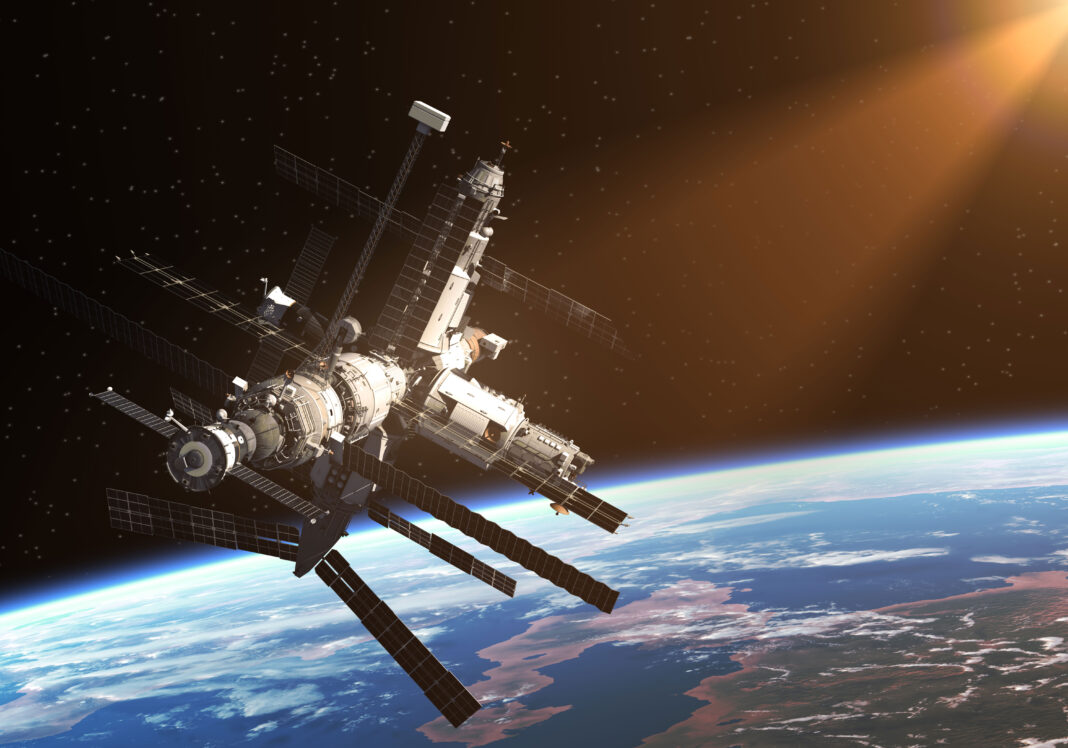Sponsored content brought to you by
EDITOR’S NOTE: The NASA SBIR and STTR programs fund technologies that could fulfill NASA’s needs to further space exploration. Lynntech began operations in 1987, providing early-stage scientific research and technology development for government-sponsored initiatives such as NASA’s. Since 1989, NASA has awarded over 100 SBIR and STTR grants to Lynntech.
Kate Marusina’s article below refers to a NASA-funded project in 2010 entitled, “Universal Sample Preparation Module for Molecular Analysis in Space.” Lynntech proposed to develop and demonstrate the ability of a compact, lightweight, and automated universal sample prep module to process samples from various sample matrices (blood, swab, etc.) to yield high-quality nucleic acids for downstream molecular detection and identification.

Molecular diagnostic tools have grown to be very sophisticated, according to Season Wong, PhD, senior scientist, Lynntech. “These tools tend to rely on the availability of robotic systems, or at least centrifuges,” he added. “However, the need for rapid molecular tests has risen dramatically in low-resource settings, where even electricity may be unavailable.”
NASA has collaborated with Lynntech to develop a sample preparation system capable of working in zero gravity. The increased time lag between sample collection and its analysis on Earth also increases the chance of sample degradation. Immediate analysis at the International Space Station may become critical to preserve and expand our knowledge of the universe.
“Moving liquids in zero gravity is difficult,” Wong noted. “In Lynntech’s system, liquids remain static. Magnetic forces move only the target nucleic acids.”
The sample preparation system consists of several chambers, which are filled with lysis, wash, and elution buffers in a customized order. Chambers are connected by plug valves. A sample is lysed, and nucleic acids are captured on magnetic beads.
When a magnet rod is inserted into the plug valve, the beads are attracted to the valve and accumulate in a dimple on the side of the valve. When the valve rotates 180°, the beads rotate with it. Removal of the magnetic rod deposits the beads into the next chamber. The sample passes through chambers until it is eluted from the beads and used in the analysis.
The system can be actuated manually or automatically, and it can perform a typical nucleic acid purification scheme within seven minutes.
“Since the system is fully closed, cross-contamination is minimized,” Wong asserted. “This feature is particularly important when testing for highly infectious agents, particularly in low-tech environments and remote areas.” Lynntech is also developing sample preparation technology for molecular diagnostics in nontraditional health settings.




